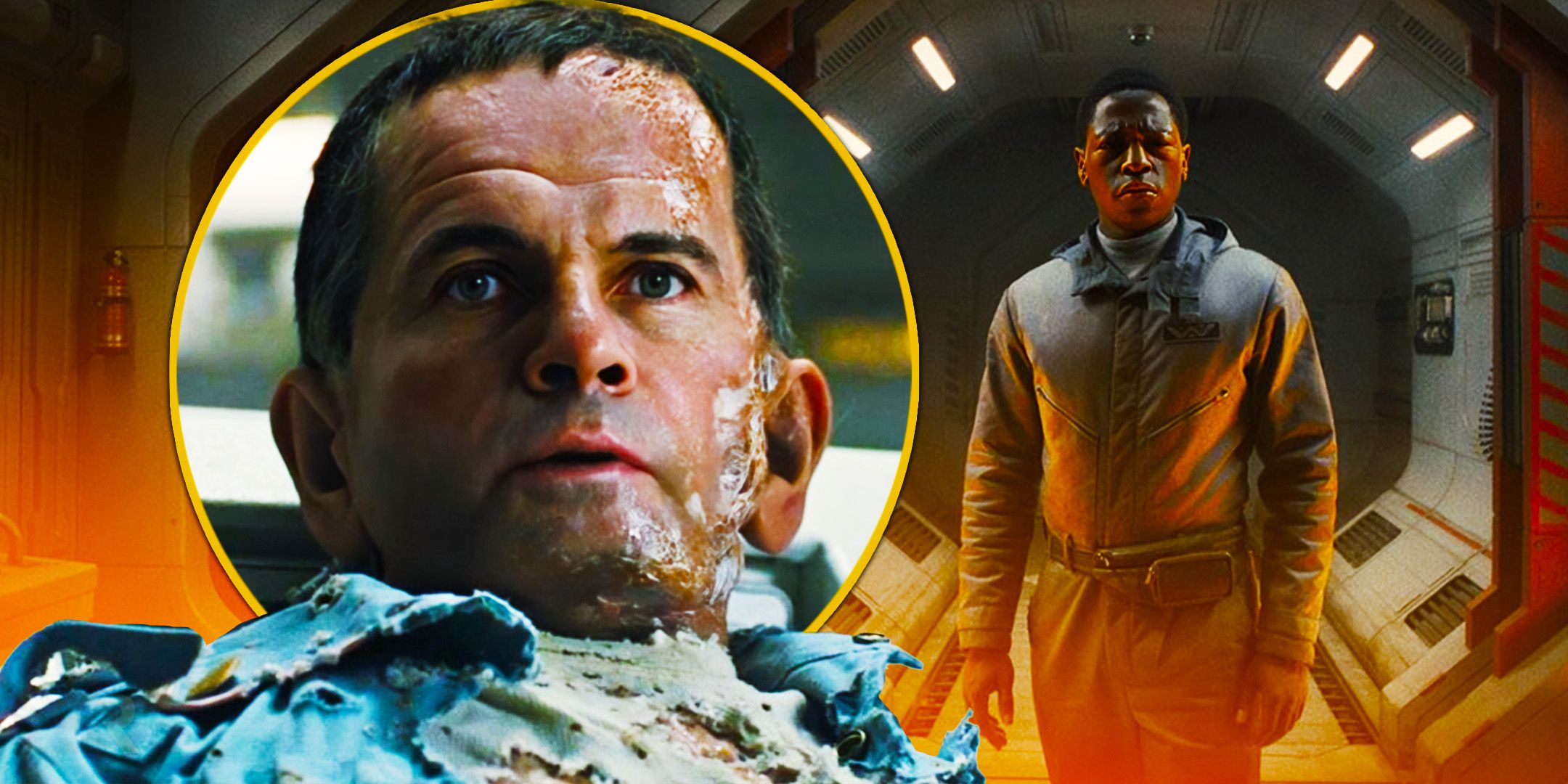Spider-Man is often viewed as a friendly neighborhood hero, but beneath that friendly facade lies an inherently creepy concept. The very idea of a character who can crawl on walls and ensnare others in webs invokes a sense of horror. While I never considered the traditional portrayal of Spider-Man frightening, there exists a narrative that transforms his webbing into something truly unsettling and nightmarish.
The first time I encountered this terrifying version of Spider-Man was in Darkhold: Spider-Man #1, created by Alex Paknadel and Dio Neves. This storyline unveils a world ravaged by a catastrophic event known as the Unraveling, where every tangible element?the very essence of both structures and humanity?is disintegrating. The visual and narrative implications of this unraveling scenario create a profound sense of unease, as loved ones and familiar landscapes crumble, leaving chaos in their wake.
In this grim reality, Spider-Man dedicates himself to the daunting task of literally keeping people together. Each day, he soars through New York City, employing his webbing to provide temporary stability to both the crumbling infrastructure and the people caught in this chaos. His heroic efforts highlight a deep sense of duty, yet they also underscore the fragile nature of existence in a world on the brink of collapse.
Spider-Man Keeps New York City From Collapse
Darkhold: Spider-Man by Alex Paknadel and Dio Neves

However, Spider-Man encounters a significant limitation: his webbing has a tendency to dissolve after a brief duration. Even after devising a formula that extends the lifespan of his webs to 24 hours, Peter Parker still finds himself racing through the city every day to ensure that no one has succumbed to the disintegration process. This scenario evokes a profound sense of horror, as the notion of body horror becomes a tangible reality in this narrative. The concept of individuals literally falling apart and requiring to be held together daily is a uniquely terrifying twist on Spider-Man’s traditional challenges, amplifying his inherent sense of responsibility into a chilling nightmare.
The idea of being webbed up by Spider-Man has always been fairly scary…
While Spider-Man possesses numerous extraordinary abilities, the natural production of webbing is not one of them. Instead, he relies on a special fluid that he meticulously stores in canisters affixed to his wrists, allowing him to deploy webs at will. His webbing exhibits exceptional strength, comparable to that of steel. The concept of being ensnared by Spider-Man’s webs has always carried an ominous undertone, yet this nightmarish scenario elevates that fear to unprecedented levels. The unsettling reality lies in the fact that Spider-Man’s webbing is flawed; it dissolves, compelling Peter to seek a more enduring solution to maintain the fragile stability of his world.
Ultimately, Spider-Man finds himself in a dire predicament; he requires something more substantial than mere webs to keep the city intact. Under the immense strain of this responsibility, Peter’s sanity begins to unravel. In his desperation to discover a permanent solution, he resorts to a horrifying act?attacking and capturing Reed Richards of the Fantastic Four. In a shocking twist, he transforms Reed into his own living web. Given Reed’s remarkable ability to stretch indefinitely and his resilience against dissolution, Spider-Man appears to have devised the most grotesque yet effective method to maintain the city’s integrity, entangling a hero into his nightmarish web.
Spider-Man’s Sacrifice in Holding New York City Together
The Horrific Extent of Peter Parker’s Responsibility
Throughout Spider-Man’s history, numerous terrifying interpretations of the character have emerged. Variants such as Spiders-Man, formed from a multitude of spiders, and the cannibalistic serial killer Patton Parnel showcase the darker side of Spider-Man?s legacy. There?s also the infamous black suit Spider-Man, which embodies a more sinister aspect of his persona. It’s evident that Spider-Man possesses the potential for horror, and in skilled hands, he can become a truly terrifying character. However, the interpretation of Spider-Man in Darkhold stands out as the most chilling for one compelling reason.
<!– Repeatable debug data: "injection":"after","adPosition":5,"startingPoint":0,"skipEvery":null,"nbrPlacementsFilledEachSkip":5,"nbrPlac







